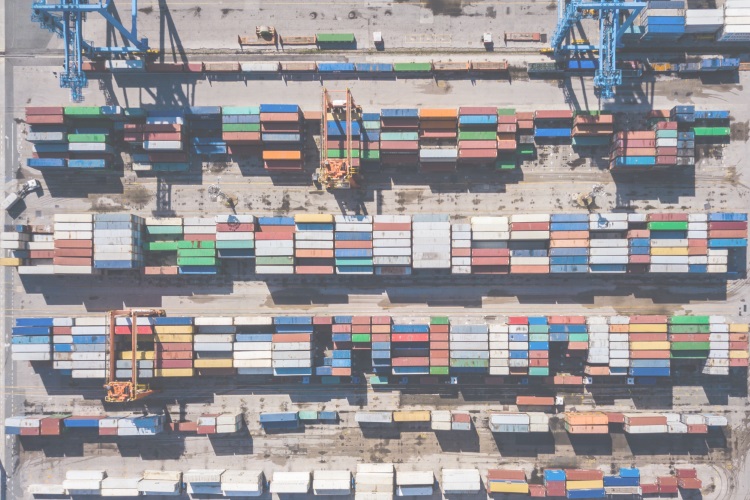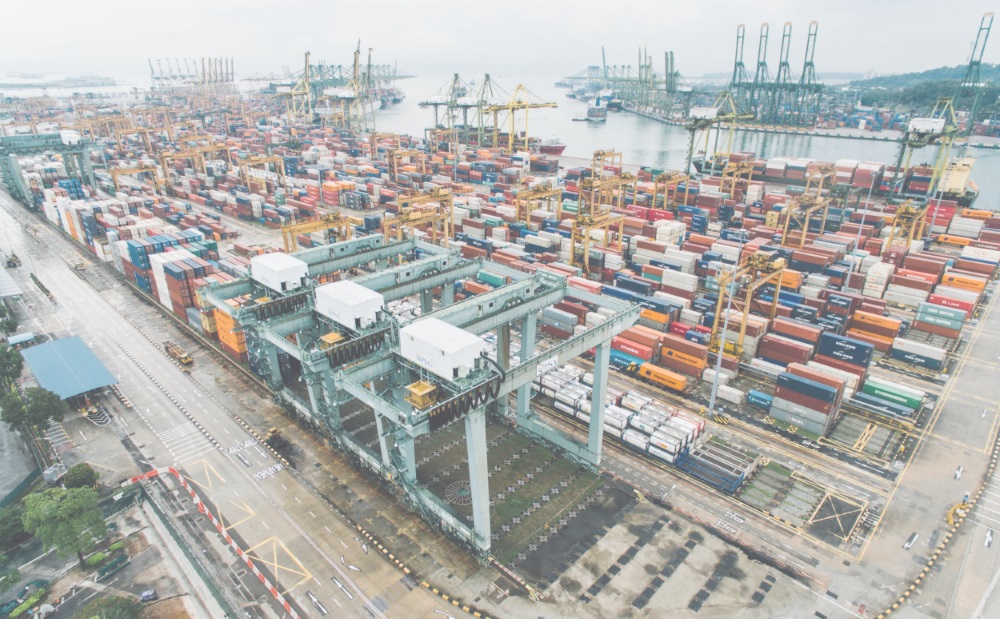The shipping industry deals with a large amount of paperwork – by necessity. Ports, customs, and customers need to track what is being shipped, where it is at the moment, and its estimated delivery. Beyond that, there are all sorts of associated operations, safety, and customs communications. And everything has to be secure.

A tailored blockchain network, such as the one being tried out by Maersk, can give all involved parties a reliable view of the process, contributing to the solution.
This solution is not here yet. Nevertheless, the digitization of the shipping industry can’t be stopped.
It may take some time for the involved parties to accept blockchain as a trusted and internationally recognized system of record. Until then, why not work with what you have? Shipping companies and their clients already have all their data in electronic form. Now it’s just a matter of using it correctly, in a way that will be accepted by authorities – ports, customs, or clients.
Work with what you have
While you can’t simply give a port officer a view into your blockchain network just yet, you can make sure that all documentation is produced automatically, with minimum or no effort.
Ideally, all relevant bills of lading, packing lists, letters of credit, and any other documents simply appear when and where they are needed. They could be triggered by the communication with the port authorities or even the ship’s proximity to a set GPS coordinate.
While it may all seem a little outlandish, it can be a reality for many.

ActiveDocs Opus is a mature document generation platform. It’s used by large organizations to generate business-critical documents, in real time, on a global scale, and with global reach. We give our customers confidence that they can deploy a solution that delivers efficiency quickly and can be plugged into their existing processes.
Getting data from a variety of disparate system, cherry-picking what’s relevant, and transforming it into the right type of document is what ActiveDocs Opus does best. From a technical perspective, this is enabled through our extensive API that can work with a number of ERP and business critical applications, utilizing the ActiveDocs Automated Document Production capability.




